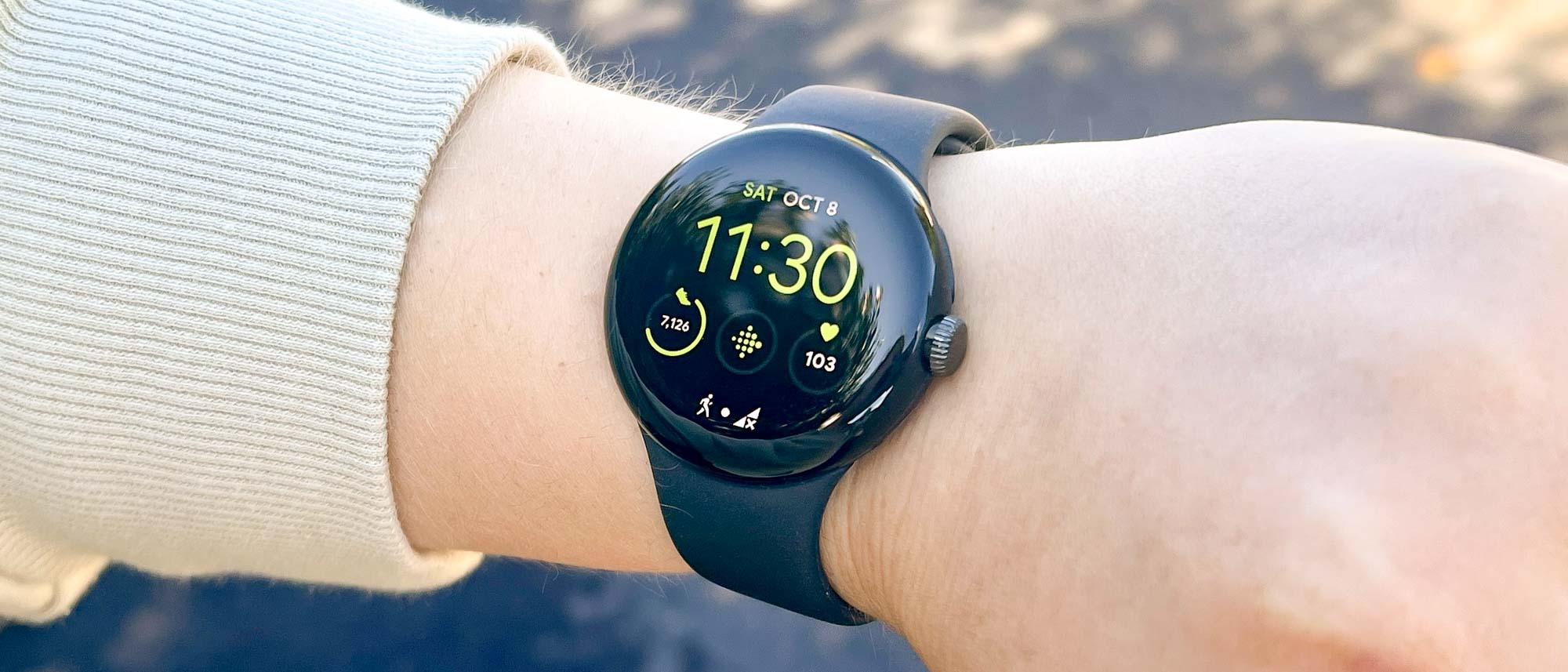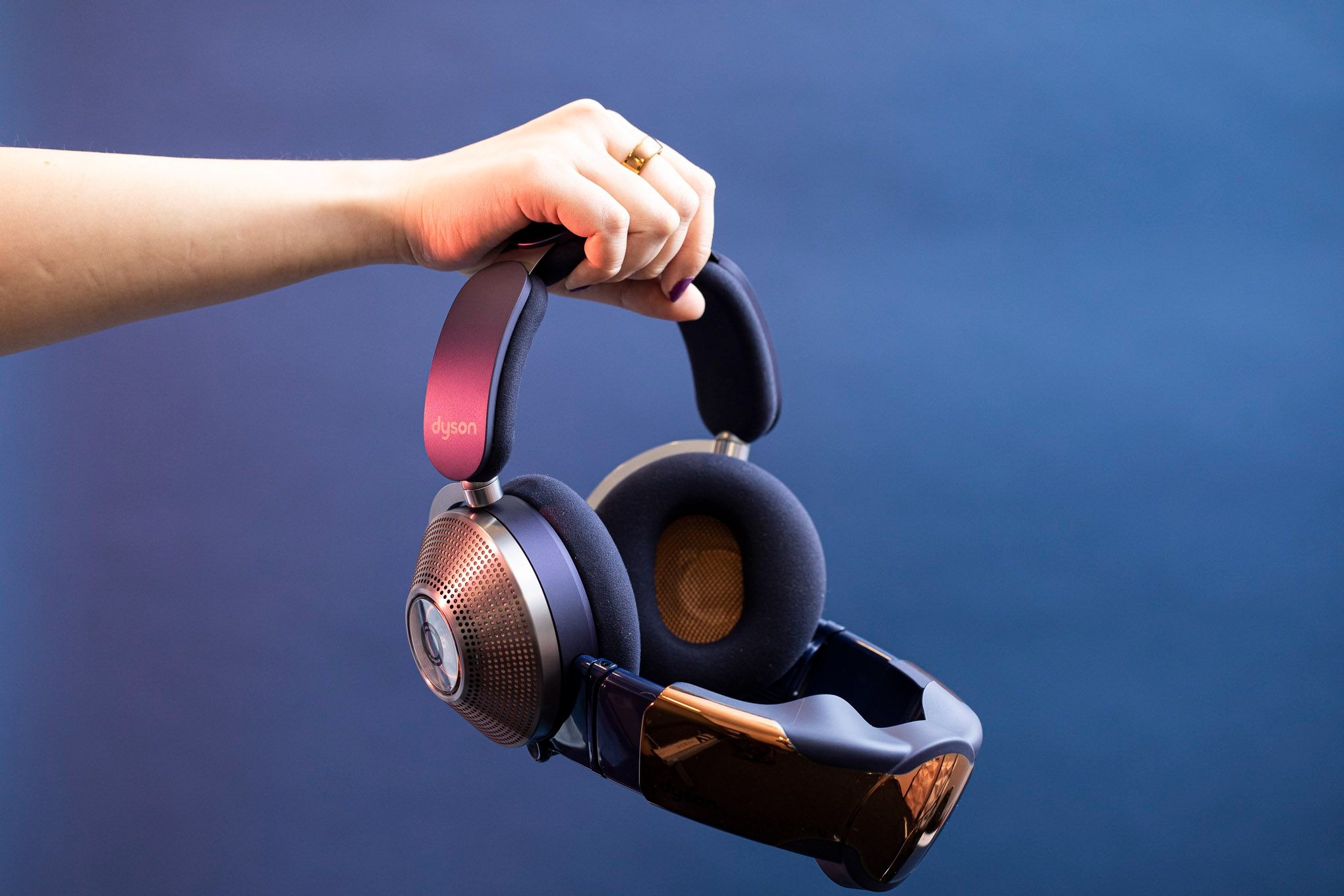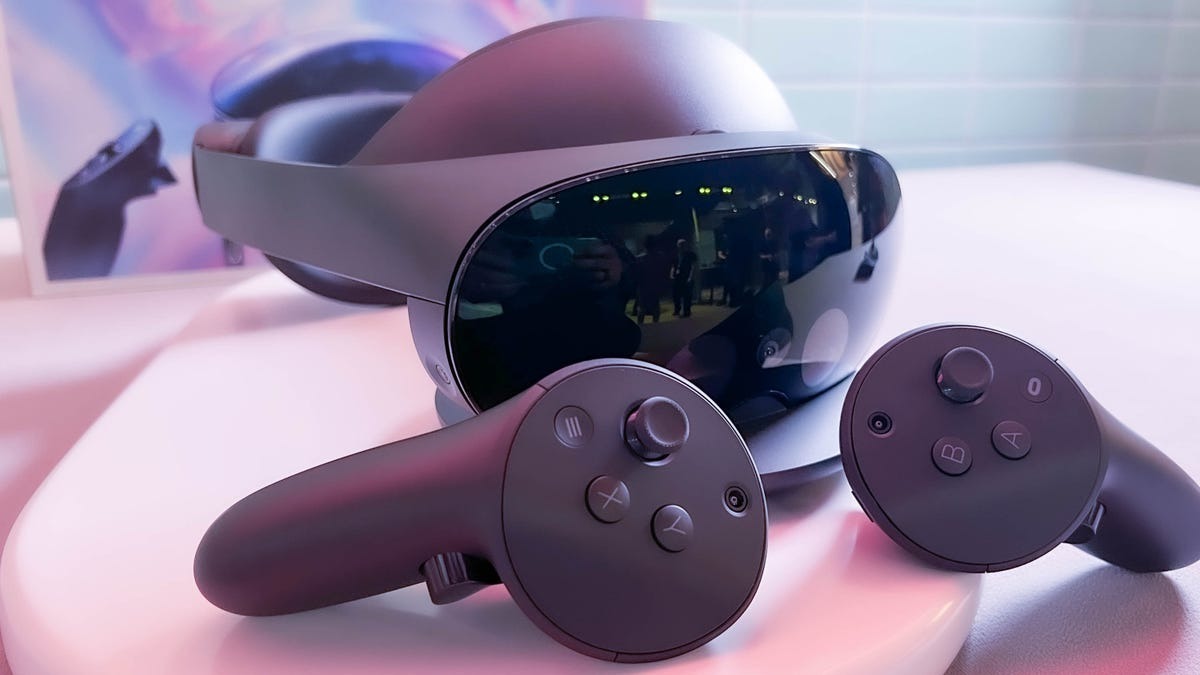Year. Some of us in the industry have been waiting for the long-rumored Pixel watch for almost a decade. Of course, now that it’s there, expectations are high. After all, Google had all the time to optimize its first smartwatch, and everyone was eager to see if this could be the product that competes with the Apple Watch. The Pixel Watch not only has an eye-catching design, but the software also looks promising. Wear OS was a mess, but by teaming up with Samsung and integrating Fitbit’s health tracking features, Google may have finally fixed its biggest weaknesses.
Design
Of all the things about the Pixel Watch, Google was most interested in showing off their design. And rightly so. The Pixel watch matter is a thing of beauty. In the photos it is almost indescribable-just a simple round face with seemingly thick glasses. Personally, however, the Pixel watch captures light from certain angles in a way that makes it elegant and, forgive the stereotype, like jewelry.
More importantly, the Pixel Watch feels so good for someone who loves tactile sensations like me. I love turning it over and over in the palm of my hand like it’s a smooth shiny pebble, but I also love just stroking the screen. The curved shape and glossy finish of the screen have something that makes gliding over the interface luxurious.

On the right edge there is a dial that almost flickers in the sun, as well as a catch above it that displays recent apps. In my few days with the Pixel Watch, I used this last catch exactly once. I’m not sure if it’s about the placement or if I didn’t have to extract the recent apps much, but the only time I tapped on it was to confirm that it was there when I wrote this part of the review. It requires more force to press than its counterpart on the Apple Watch, which is located under the digital crown and is more obvious. I also rarely used apple’s catch, so it’s not a thing on Google.

Unlike most other Android watches, the Pixel watch has no eyelets. Instead, the straps are attached directly to the matter via a mechanism that Google describes as similar to the lens locking system of DSLR cameras. To connect a strip, slide one end of it into a catch at the bottom of the groove and slide it in.
To remove it, push the latch to the side and turn it. It took me a while to get used to it, and I still can’t say that I reached the process, but I haven’t exchanged groups yet. I am sure that every time I get different straps, like the gorgeous metal mesh or the comfortable stretch option, I will make this change frequently.
I am quite impressed with the groups that Google has created. Of course, these are essentially adaptations of options that Apple offers, such as the Milanese Loop or the solo Loop. But paired with Google’s round matter, they look like conventional watches and would not look out of place at formal, future-oriented events.
![]()
The basic sports belt that I received with my review unit uses an ankle-hole closure system, which unfortunately does not provide me with a good fit. I had the feeling that the watch was too loose or the matter was attached to my wrist too tightly. This is a problem that is at least easy to solve by getting another strap. But I would have to buy one of Google’s own options because of the proprietary attachment system, and they start at 50 for the active band. The stretch band I like costs 60, and everything else costs at least 80 least.
While the 41mm matter sits well on my relatively small wrist, I wish Google had made it a bigger version. I think the Pixel Watch looks great on most arms, but there are people who prefer a larger screen. When it comes to something as personal as a wearable, one size does not fit all.


